ABSTRACT by Amanda Motyer
Disability is a part of the human condition and has existed since the beginning of time, yet the vast majority of people with disabilities are still expected to live in a built environment designed for what society has designated as the human “norm.” This has created a built world that is actually contributing to disablement. The past twenty years have seen many positive changes in terms of removing physical barriers to those with disabilities, in particular allowing wheelchair users much better access to buildings and participation in society. However, wheelchair users only represent a fraction of people with disabilities. Current standards of accessible design address only the direct barriers to participation, and do not attempt to understand the ways in which impairments change how people experience and use space, or the social implications of disability. Negative attitudes towards disability are one of the causes of disablement in our society, and changing them needs to be part of the solution.
Architecture has been used for millennia as a means of communicating with the masses because our surroundings can shape our perceptions of the world and how we understand it. This thesis explores the origins and nature of both disability and the service dogs that accompany a number of those with disabilities, and proposes possible approaches for designing for service dogs and people with disabilities that use the power of architecture as a language to transform the societal constructs surrounding disability.
Working dogs of all varieties are increasingly present in our built environment, from detection dogs to therapy dogs and potentially even to cancer detection dogs in the near future, and service dogs are increasingly becoming a part of the lives of people with disabilities. Trained to mitigate the so-called “impairment effects” of a variety of disabilities including autism and epilepsy, these special dogs make invisible disabilities visible. As such, they are a key part of a broader architectural strategy of inclusiveness that aims to accommodate and facilitate the dog-human partnership and normalize the existence of disability in our society.
The thesis culminates in the design of a new service dog training facility for the Lions Foundation of Canada Dog Guides in Oakville, Ontario. This national organization trains six different kinds of service dogs, and trains future service dog handlers along with their new dogs at their Oakville site. As a source of one of the most symbiotic partnerships between human and dog, the thesis seeks to demonstrate how through inclusive design a building can essentially eliminate the disablement imposed by society and change our perceptions of disability and the role that architecture can play in these issues.
Supervisor:
Rick Haldenby, University of Waterloo
Committee Members:
John McMinn, University of Waterloo
Andrew Levitt, University of Waterloo
External Reader:
Barbara Miszkiel, Stantec Architecture
The defence examination will take place: Monday, July 14, 2014 5:00 PM ARC 2008
I am a graduate student at the University of Waterloo School of Architecture, currently completing my MArch thesis on the design and collective memory of Indian residential schools in Canada.


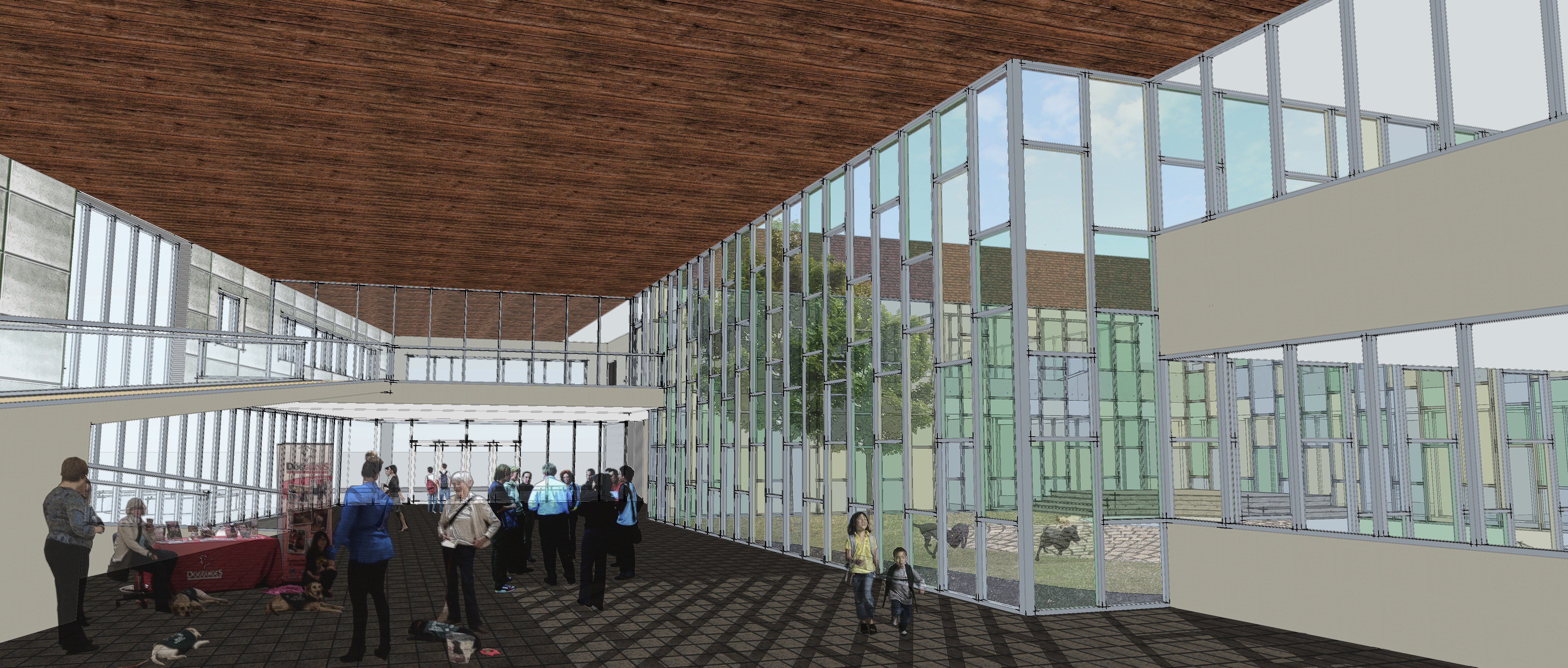
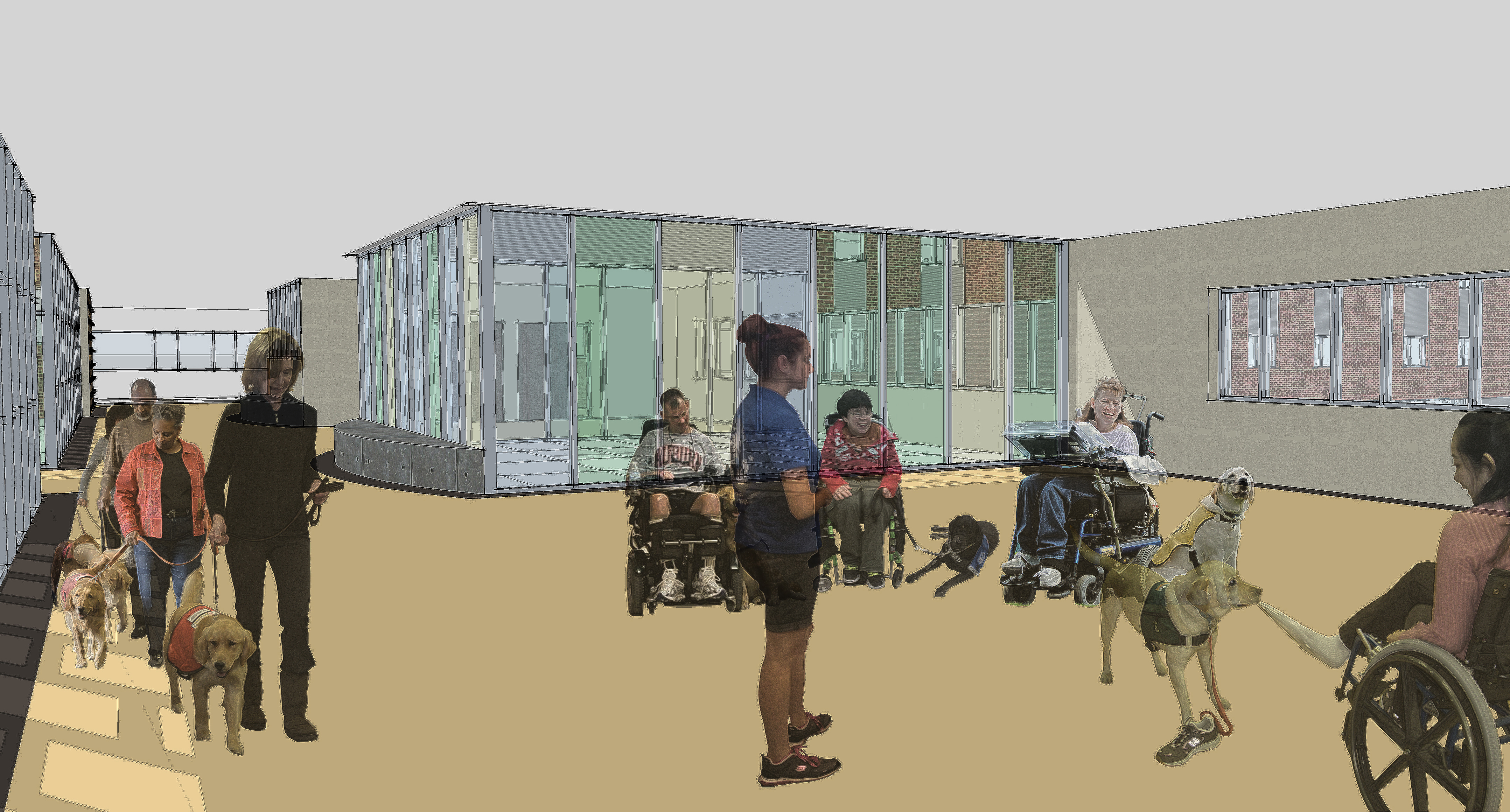
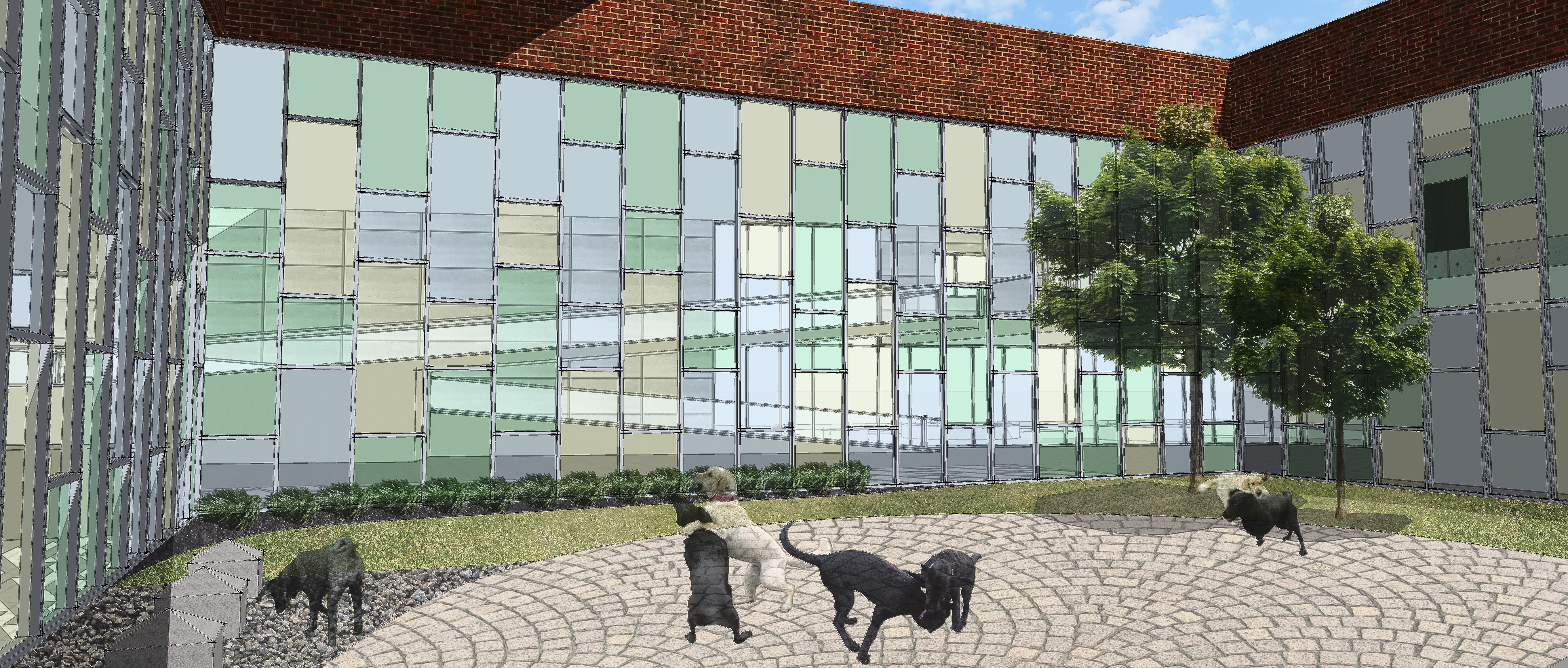
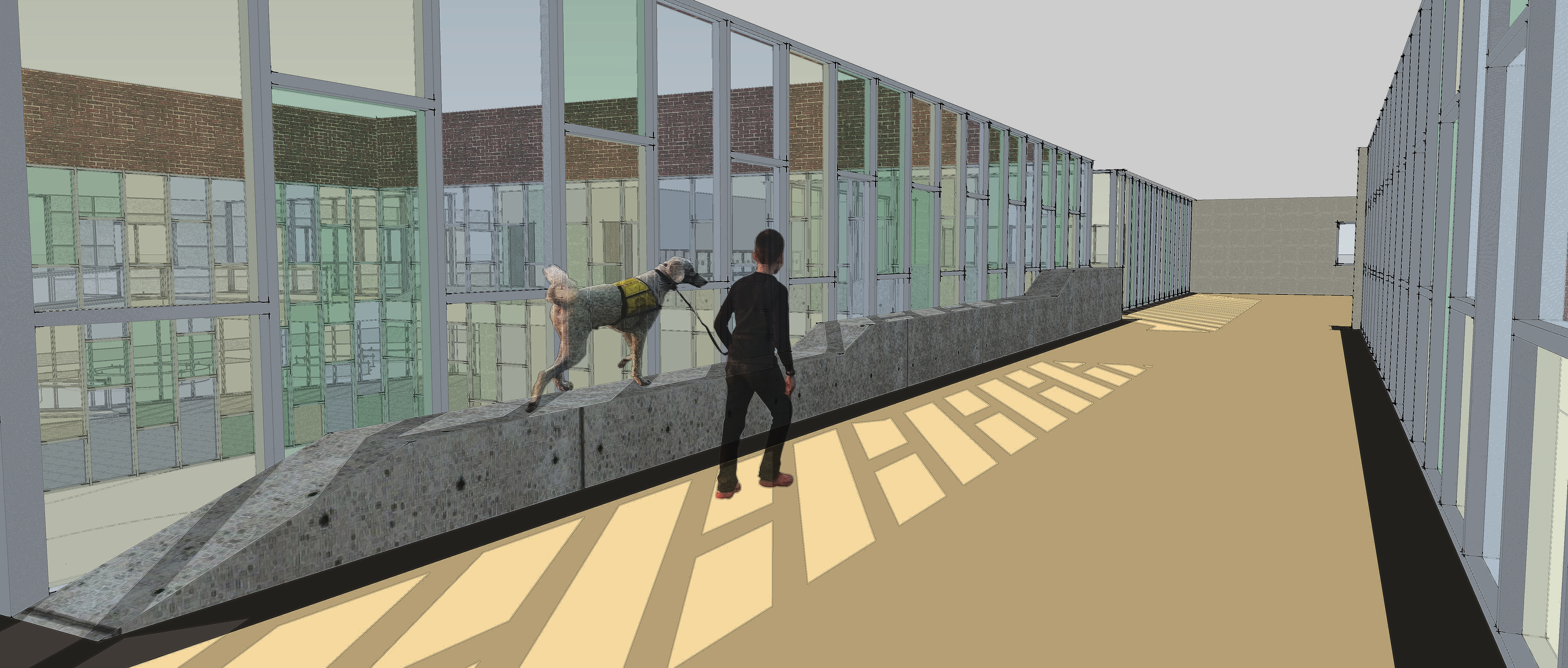
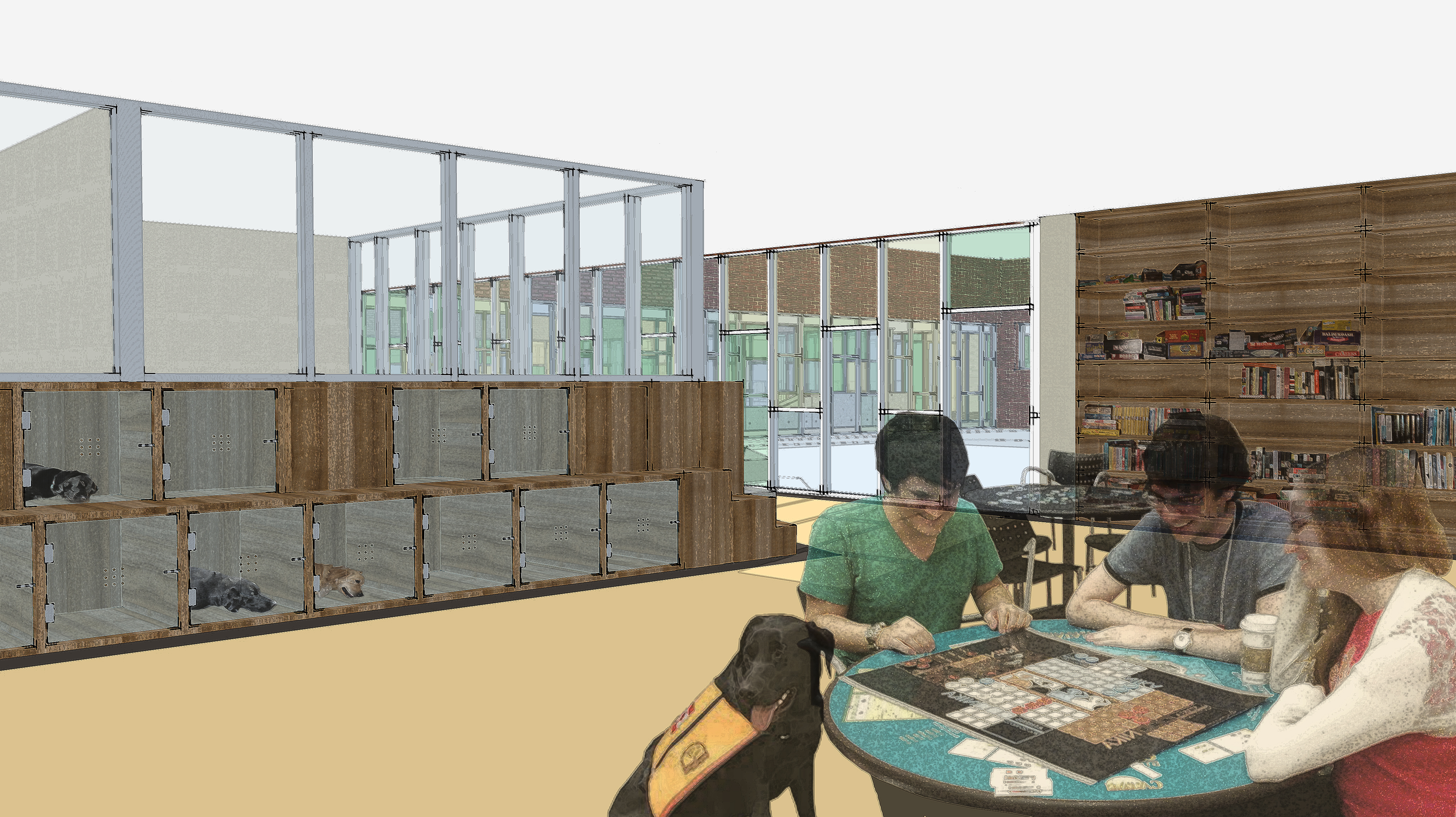
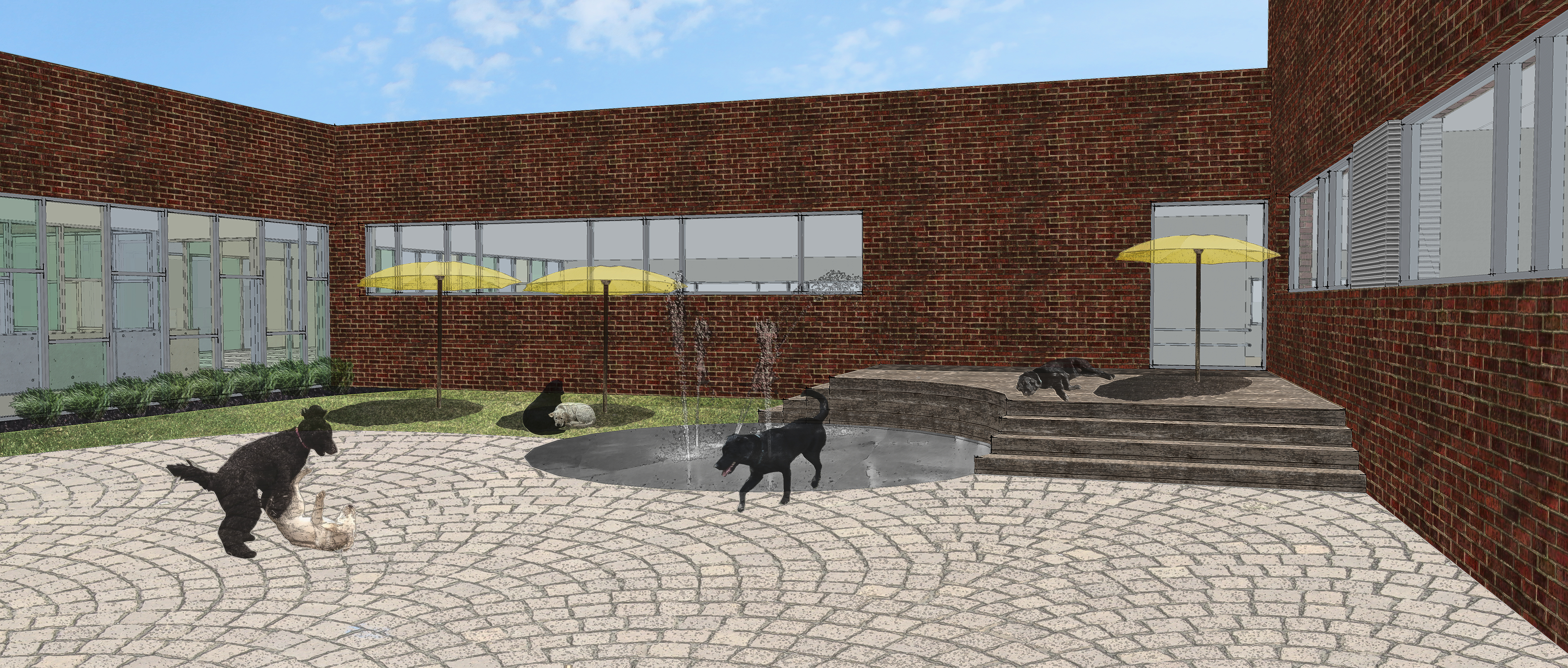
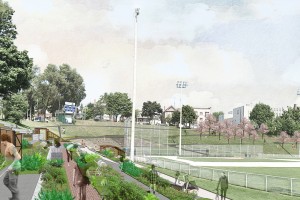
Leave a Reply